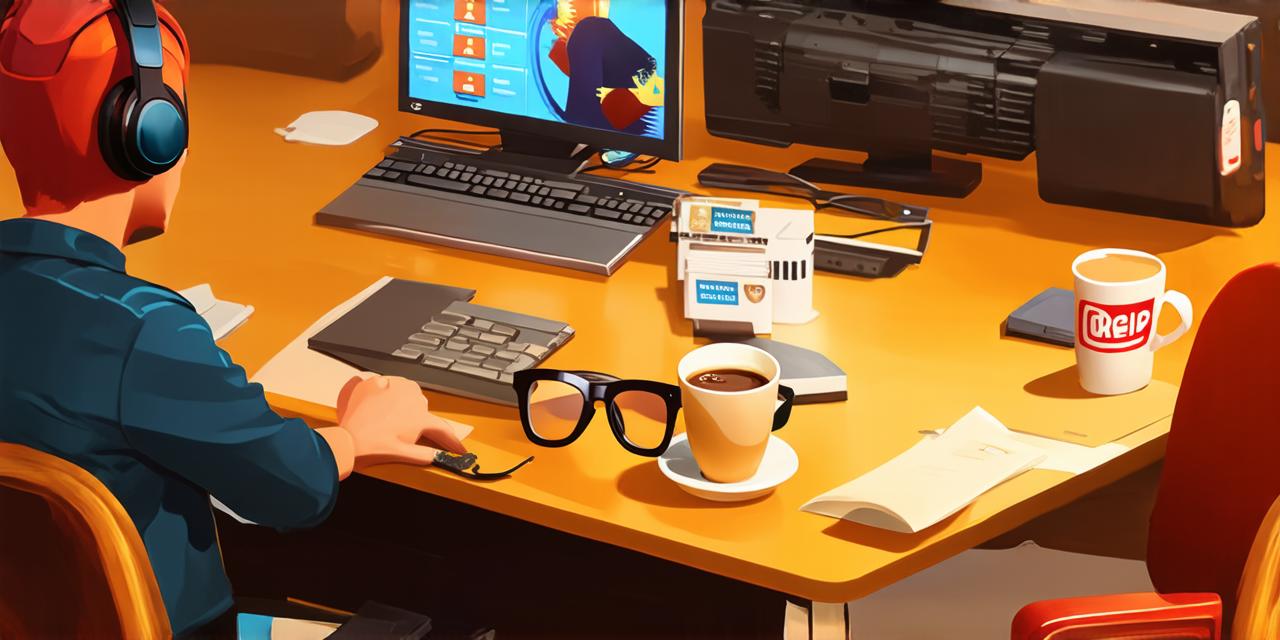Conceptualization: The First Step in Creating a Successful Console Game
Before you start coding or designing your game, you need to have a clear idea of what it is you want to create. This includes everything from the overall theme and genre of the game to the specific features and mechanics that will make it stand out. It’s essential to take your time during this stage and think carefully about what players will enjoy and find engaging.
One of the most important things to consider during conceptualization is the target audience for your game. You want to make sure that you are creating a game that will resonate with your intended market. This could mean anything from young children to hardcore gamers, so it’s crucial to understand their preferences and what they look for in a game.
Another important factor to consider during conceptualization is the competition. You want to make sure that you are creating a game that stands out from the crowd and offers something new and unique. This could involve incorporating innovative gameplay mechanics, exploring new themes or genres, or finding ways to bring an existing franchise to life in a fresh way.
Development: Bringing Your Game to Life
Once you have a solid concept for your game, it’s time to start the development process. This can be a long and complex journey, but with careful planning and attention to detail, it can also be incredibly rewarding.
One of the most important things to consider during development is the technology that will be used to create your game. Console games require specific hardware and software, so it’s essential to choose the right tools for the job. This could involve everything from choosing the right programming language and development environment to selecting the right graphics engine and audio technology.
Another important factor to consider during development is the team that will be working on your game. You want to make sure that you have a diverse range of skills and expertise, including programmers, artists, sound designers, and more. This will ensure that every aspect of your game is covered and that it’s able to meet the high standards that players expect.

Testing: Ensuring Your Game is Polished and Bug-Free
Once you have a working prototype of your game, it’s time to start testing and refining it. This can involve everything from playtesting with a small group of friends to conducting larger-scale beta tests with a select group of players. It’s essential to get feedback from a range of people to ensure that your game is polished and bug-free before it hits the shelves.
One of the most important things to consider during testing is usability. You want to make sure that your game is easy to use and that players are able to understand how to play it without needing extensive instruction. This could involve clear and concise tutorials to intuitive controls and user interfaces.
Another important factor to consider during testing is performance. Console games need to run smoothly and seamlessly, with no lag or stuttering. This could involve optimizing your code, tweaking graphics settings, and making other adjustments to ensure that your game runs as smoothly as possible.
Marketing: Getting the Word Out About Your Game
Once you have a finished product, it’s time to start marketing your game to potential players. This can be a challenging task, but with careful planning and execution, it can also be incredibly rewarding.



